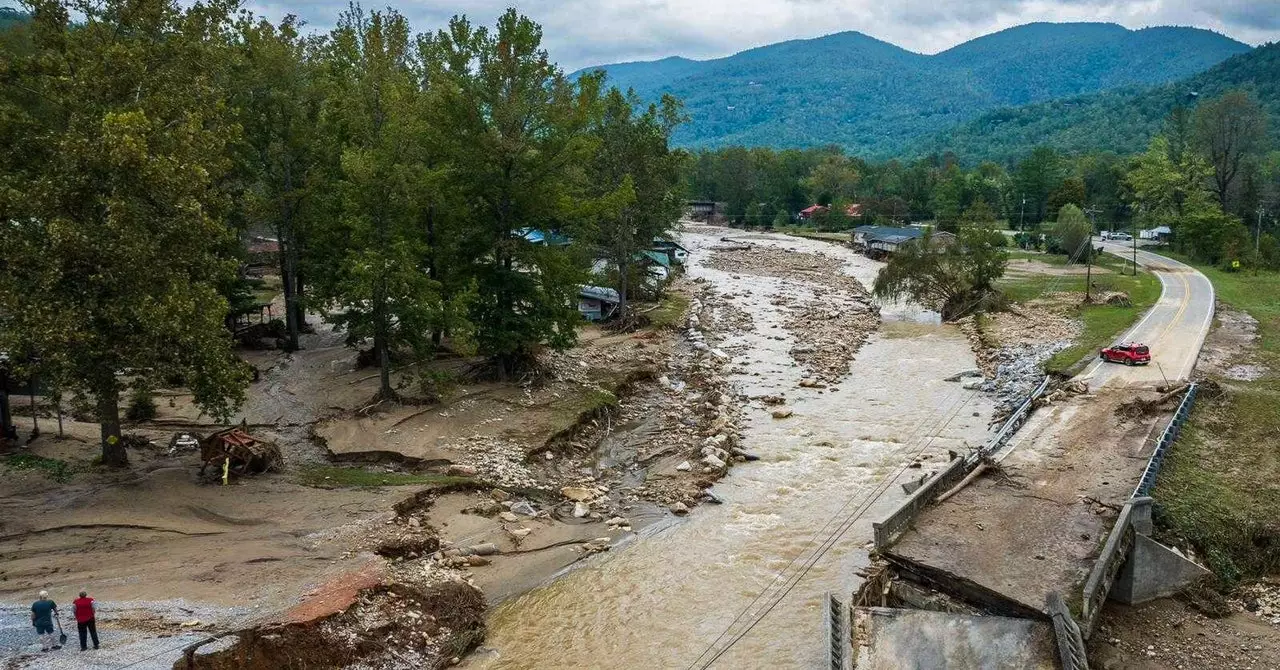Extreme weather events have become a harsh reality, compelling civil engineers and community planners to seek innovative ways to adapt infrastructure to withstand the increasing challenges posed by climate change. With rising sea levels and unpredictable precipitation patterns, developing road and bridge systems that can manage excessive water is crucial. This article delves into the evolving strategies and materials employed in modern engineering to combat these challenges, focusing on the advancement of permeable concrete and its implications for infrastructure resilience.
Traditionally, the approach to building infrastructure involved elevating structures to guard against flooding and similar disasters. While this method may seem straightforward, as indicated by experts like Muench, it is not a feasible solution for every scenario. Such an approach can lead to exorbitantly expensive constructions resulting in decades-long projects, which are not only impractical but also fail to address the immediate needs of communities impacted by extreme weather events.
The task of constructing roadways and bridges that can endure rapid water flow requires a shift from conventional construction methods. Civil engineers have begun to rethink the materials used in road construction, opting for innovative solutions designed specifically to address the influx of water resulting from intense rainfalls and flooding.
One of the groundbreaking materials making waves in the engineering world is pervious concrete. Unlike its standard counterpart, which typically includes sand as a crucial ingredient, pervious concrete utilizes a modified mix, resulting in a material that is not only porous but can effectively handle heavy rainfall. This state-of-the-art concoction has a lower water-to-cement ratio, yielding a structure that mimics the texture of a Rice Krispie treat—a concept described vividly by experts like Nara Almeida.
Pervious concrete allows water to diffuse through it rather than pooling on its surface, providing a mechanism for water to be absorbed back into the ground. This feature mitigates ponding on roadways, which can lead to significant infrastructural damage over time. By enhancing the permeability of roads, engineers have discovered promising ways to alleviate the stress that excess water can impose on vital transportation networks.
However, the transition to permeable materials doesn’t come without its challenges. Pervious concrete is generally less robust than traditional concrete, which raises concerns regarding its applicability in high-traffic areas such as interstates. This has led to ongoing research aimed at reinforcing the material using fibers made from steel, glass, or synthetic materials to enhance its strength and adaptability.
Moreover, regions that experience freezing conditions may face additional hurdles, as pervious concrete is susceptible to damage from freeze-thaw cycles. When water seeps into the material and freezes, it can lead to deterioration, thus questioning the long-term viability of pervious concrete in cold climates. Regular maintenance such as pressure washing or vacuuming is necessary to prevent the infiltration of debris, which can compromise the material’s drainage capabilities.
Yet, cities and regions across the globe are starting to recognize the value of adopting innovative materials like pervious concrete. Some local governments have begun to incorporate it into their plans for side streets and parking areas, areas that are less prone to heavy traffic. By strategically utilizing permeable materials, communities can create a buffer against the unforeseen impacts of intense storms.
Ultimately, the future of resilient infrastructure lies not only in materials like pervious concrete but also in proactive planning and adaptive strategies. Communities must establish frameworks that allow for rapid responses to infrastructure damage caused by severe weather events. Engaging engineers, urban planners, and local stakeholders is crucial to foster an infrastructure system that not only anticipates storm-related challenges but also enhances overall community resilience.
The ongoing evolution of infrastructure materials and design philosophies represents a significant shift towards prioritizing sustainability and adaptability in the face of climate change. By embracing innovations like pervious concrete while addressing its limitations, cities can begin to pave their way towards a future that emphasizes resilience. Investing in such infrastructure solutions is not merely an option; it has become a necessity for safeguarding our communities against the challenges posed by an increasingly unpredictable climate.

